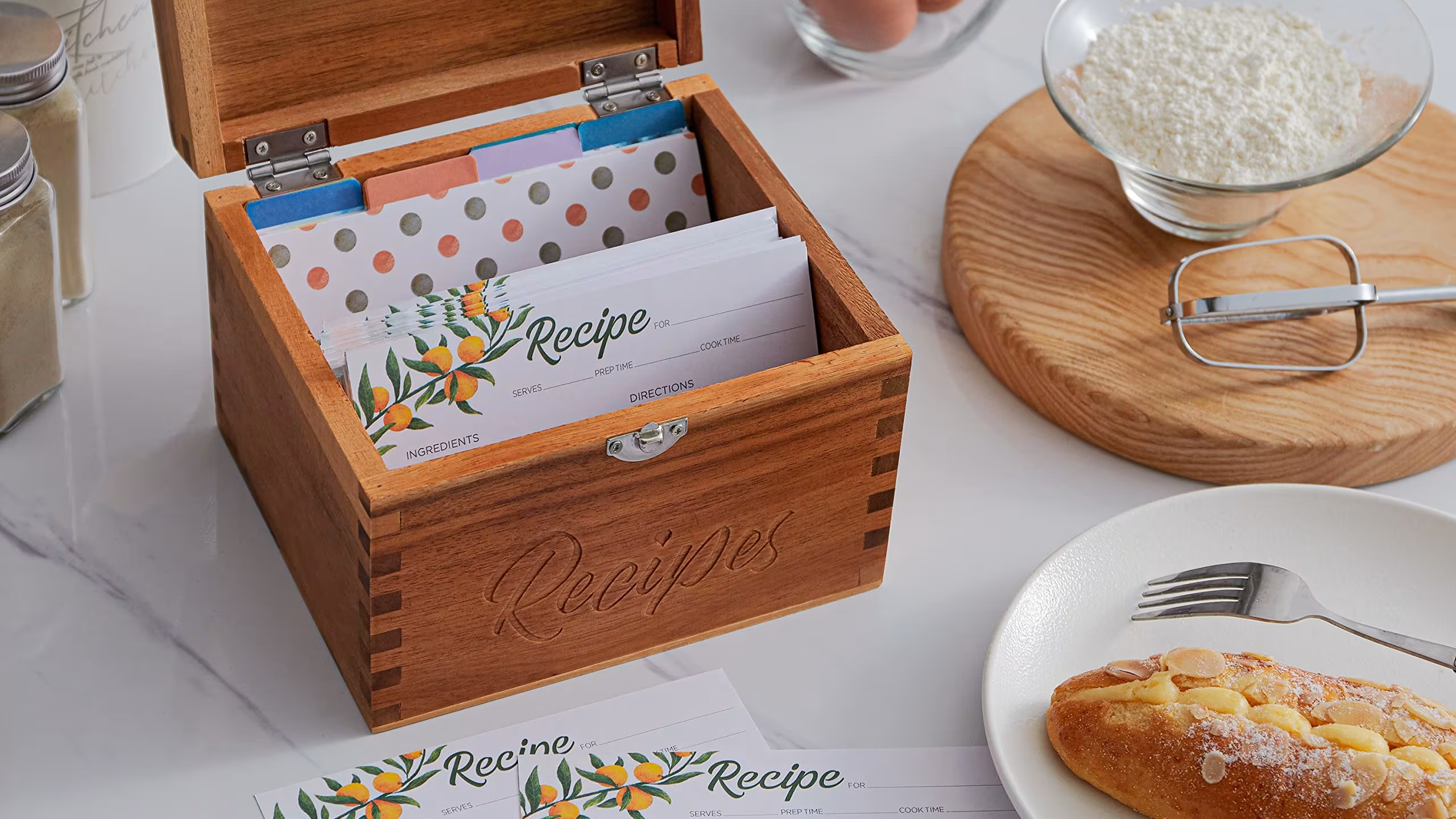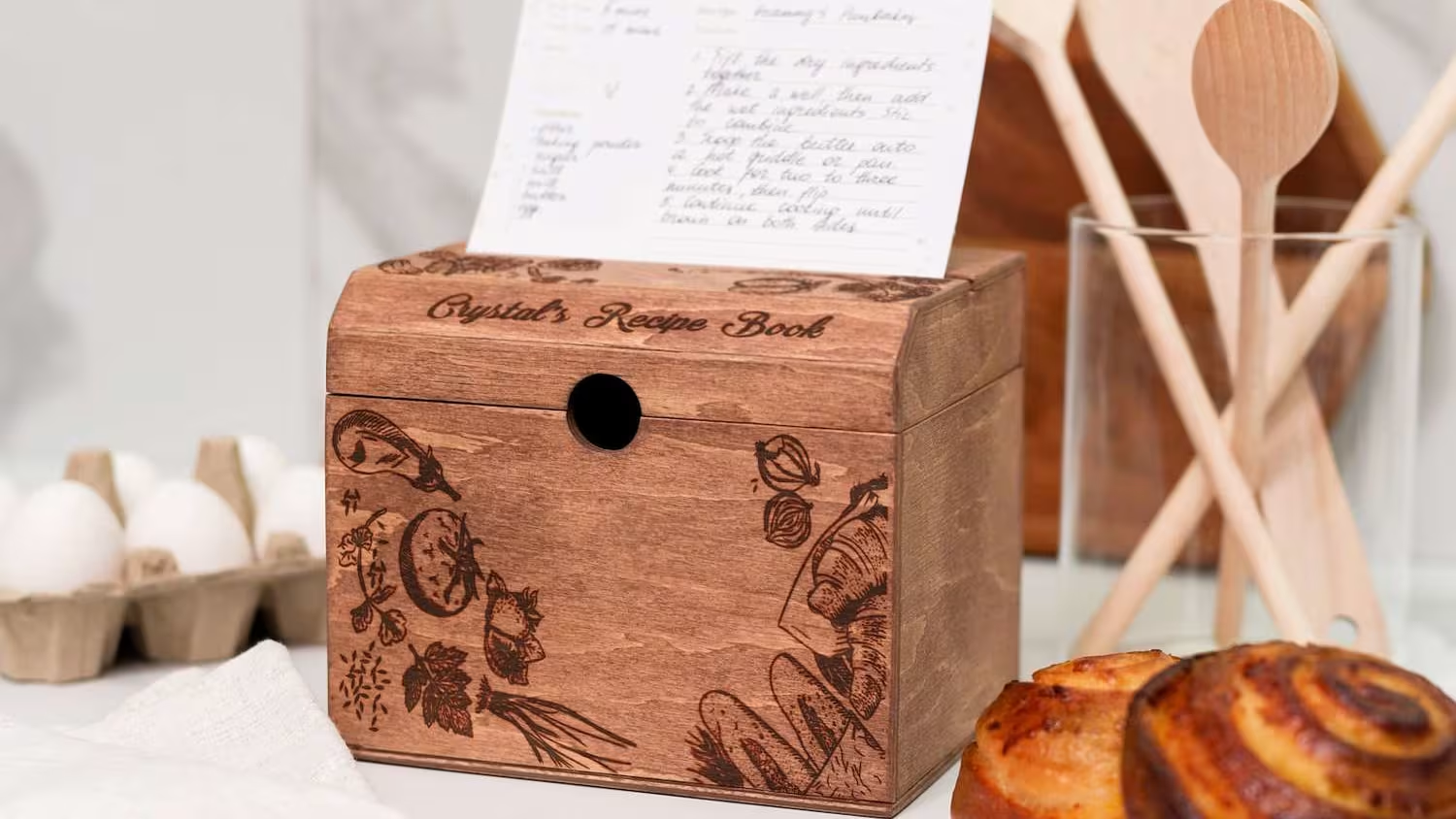
Organize Your Culinary Creations: The Ultimate Recipe Card Box Recipe
Written by Jessica Lopez
Published at 02-05-2024
Edited on 04/01/2025 | 04:41 AM
Baked-Goods RecipesCourse: Dessert
Cuisine: American Vintage
Difficulty: Moderate
Servings
10-12 slices
Prep Time
25 minutes
Cooking Time
35 minutes
Total Time
1 hour
Fat
18g
Protein
5g
Carbs
55g
Calories
450 kcal
Welcome to the delightful world of recipe card boxes! If you're like many home cooks, you probably have a treasure trove of handwritten notes, magazine clippings, and digital recipes scattered all over. A recipe card box is the perfect solution for keeping your favorite dishes organized and easily accessible. Imagine flipping through neatly categorized cards, each one holding the keys to your culinary masterpieces.
Not only does this method of organization save you time in the kitchen, but it also adds a personal touch to your cooking journey. Creating a recipe card box is not just about organization; it’s a fun and creative project that can turn into a cherished keepsake. You can decorate your box to reflect your personality, add family recipes, and even include notes on special occasions when each dish was served. This tactile approach to cooking allows you to disconnect from screens and engage with the recipes in a meaningful way.
Plus, it’s a wonderful way to pass down family traditions and recipes to future generations. In this blog post, we will guide you through crafting your very own recipe card box, complete with tips on how to decorate it, what materials you’ll need, and how to categorize your recipes for easy retrieval. Whether you’re a novice cook or a seasoned chef, this project will inspire you to collect and share your culinary creations like never before. So let’s dive into the world of recipe card boxes and start organizing those delicious dishes today!.


